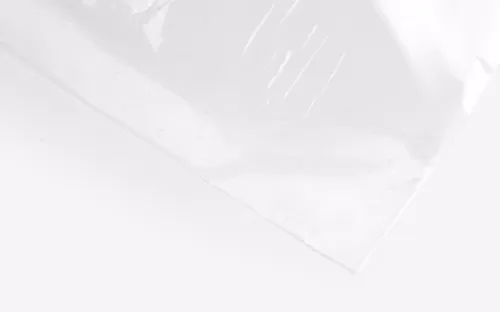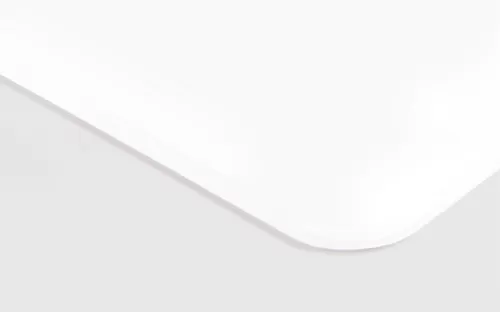







Browse BAOMI ever-growing library of materials, options and packaging features to find how you can make your new custom packaging as impactful as ever.
Browse all options
Shop by Industries
Professional Services
-
 Our packaging experts design and engineer innovative structures tailored to your product and branding.Explore design & engineering
Our packaging experts design and engineer innovative structures tailored to your product and branding.Explore design & engineering -
 Our packaging design specialists create exceptional custom artwork that showcase and bring your branding to the next level.Explore design & engineering
Our packaging design specialists create exceptional custom artwork that showcase and bring your branding to the next level.Explore design & engineering -
 Create physical samples and 3D interactive prototypes final product packaging before making a final decision.Explore design & engineering
Create physical samples and 3D interactive prototypes final product packaging before making a final decision.Explore design & engineering
What are you looking for?































